USLA’S SAFETY TIPS
1- Swim Near a Lifeguard:
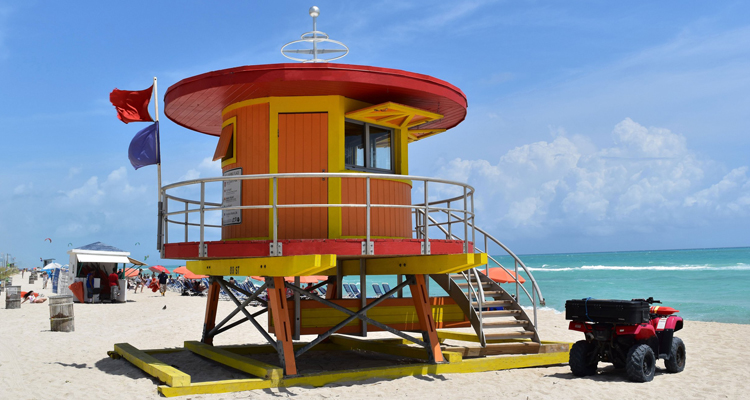
2- Learn to Swim:
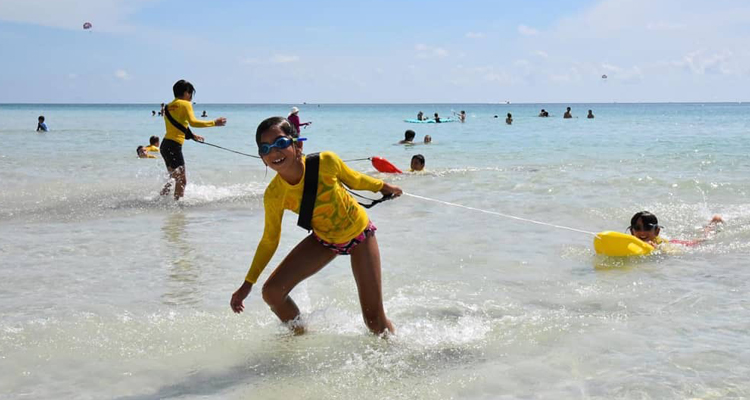
When entering the open water remember:
-Never overestimate your swimming ability.
-Don’t rely on inner tubes, plastic air mattresses, or other inflatable toys.
-Don’t float where you can’t swim.
-When in doubt, don’t go out
3- Learn Rip Current Safety:
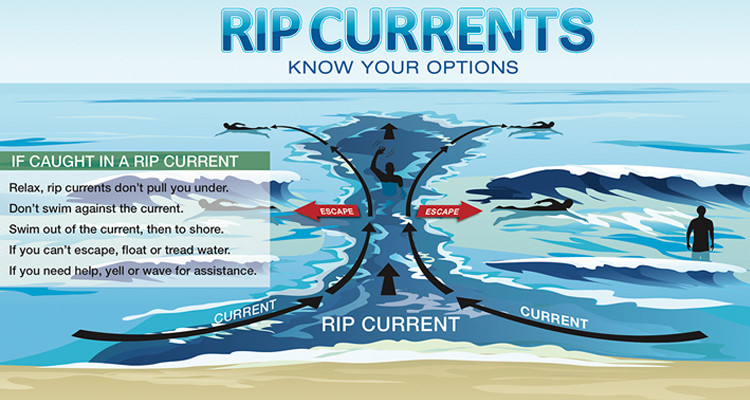
If caught in a rip current:
-Relax, rip currents don’t pull you under.
-Don’t swim against the current.
-You may be able to escape by swimming out of the current in a direction following the shoreline, or toward breaking waves, then at an angle toward the beach.
-Alternatively, you may be able to escape by floating or treading water if the current circulates back toward shore.
-If you feel you will be unable to reach shore, draw attention to yourself.
-If you need help, yell and wave for assistance.
To help someone else caught in a rip current:
-Do not become a victim while trying to help someone else.
-Many people have died trying to rescue rip current victims.
-Instead, get help from a lifeguard.
-If a lifeguard is not present, call 9-1-1, while directing the victim to swim along the shoreline to escape If possible, throw the rip current victim something that floats.
4- Never Swim Alone:
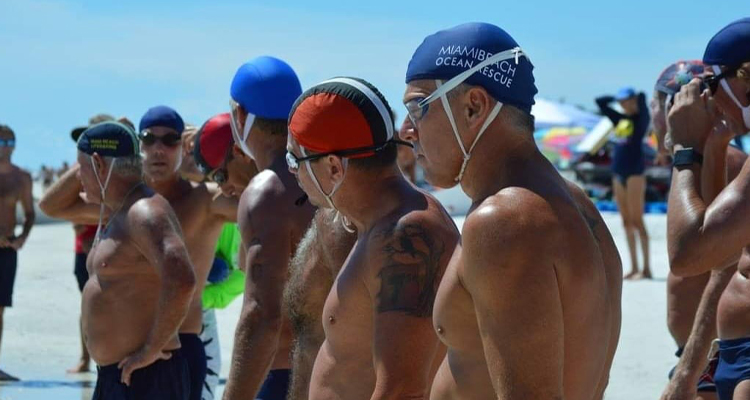
5- Designate a Water Watcher:
6- Alcohol and Water Don't Mix:
According to the Centers for Disease Control and Prevention, among adolescents and adults alcohol use is involved in:
-Up to 70% of deaths associated with water recreation
-Nearly a quarter of Emergency Department visits for drowning
-One in five reported boating deaths Alcohol influences balance, coordination, and judgment, and its effects are heightened by sun exposure and heat.
7- Feet First Water Entry:
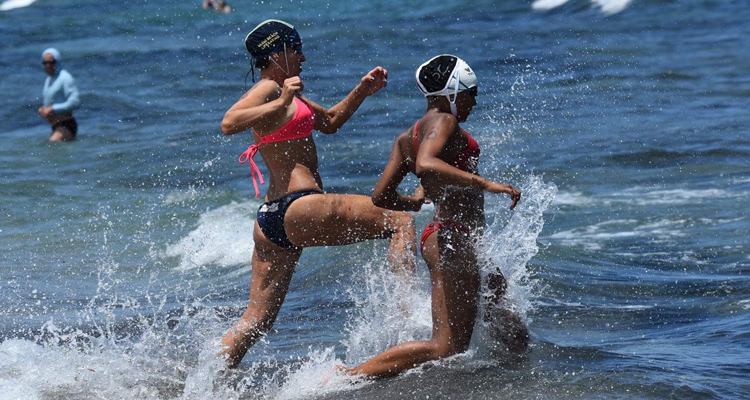
8- Life Jackets Save Lives:
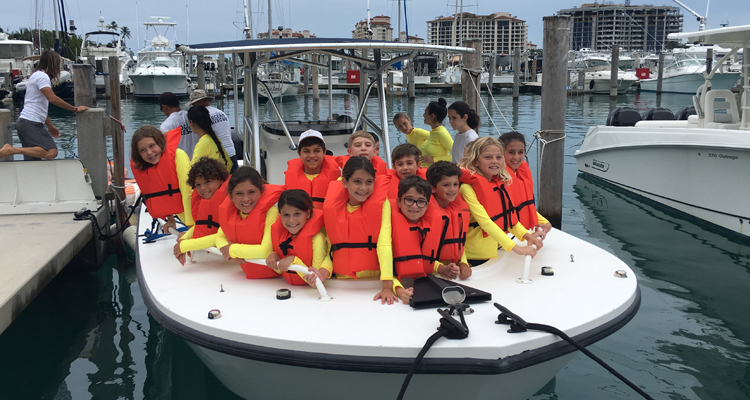
9- Observe Signs and Flags:
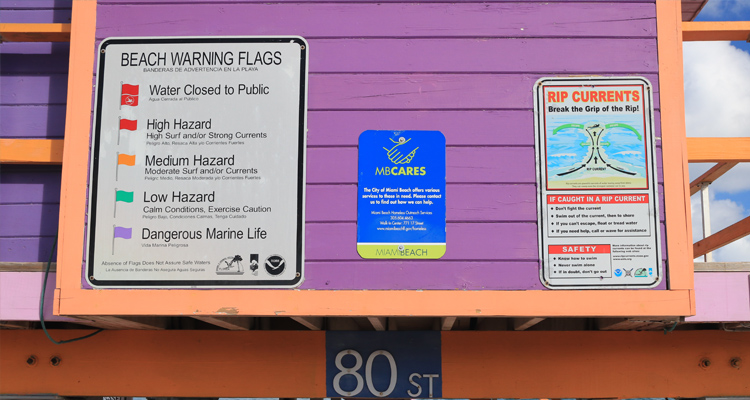
10- Beat the Heat and Block the Sun:
Immediate effects include:
-Painful sunburn -Heat exhaustion
-Heat cramps
Potentially fatal heat stroke Long term effects include:
-Skin cancer
-Premature aging
To protect yourself:
-Drink plenty of water
-Avoid alcohol
-Take breaks inside during the hottest parts of the day
-Use “broad spectrum” sunscreen rated from 15 to 50 SPF and reapply throughout the day
-Use UPF protective clothing that covers the skin
-Protect the eyes by wearing sunglasses that block 100% of UV rays
RIP CURRENT SAFETY
What are rip currents?
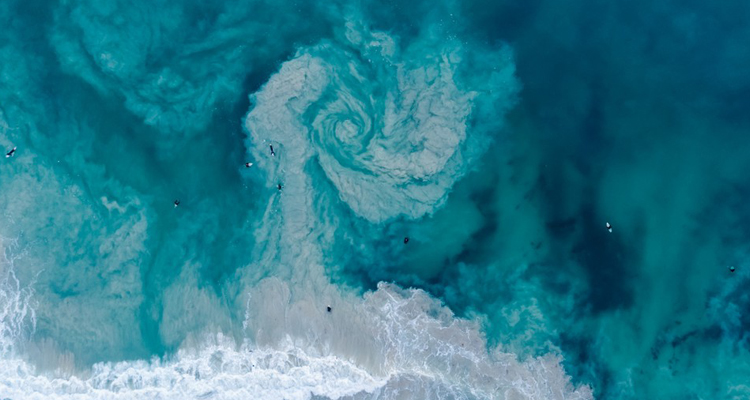
-Rip currents are channelized currents of water flowing away from shore at surf beaches.
-Rip currents typically form at breaks in sandbars, and also near structures such as jetties and piers.
-Rip currents are commonly found on all surf beaches, including Great Lakes beaches.
Why are rip currents dangerous?
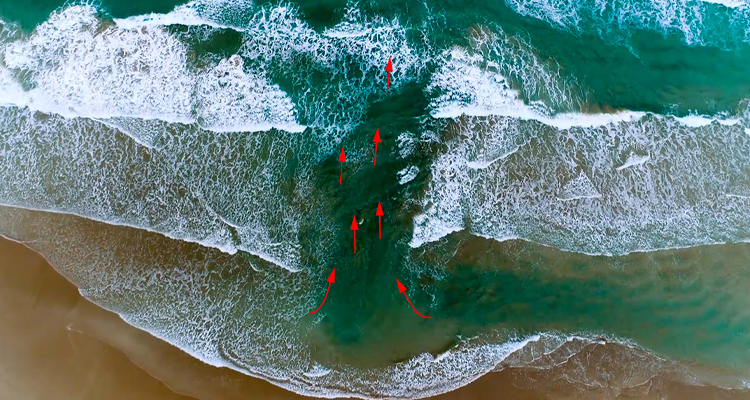
-Rip currents pull people away from shore.
-Rip current speeds can vary from moment to moment and can quickly increase to become dangerous to anyone entering the surf.
-Rip currents can sweep even the strongest swimmer away from shore.
-A scientific review of data provided to the United States Lifesaving Association found that there are over 100 deaths each year in the U.S. attributed to rip currents.
-Rip currents account for over 80% of rescues performed by surf beach lifeguards.
What are clues that rip currents may be present?
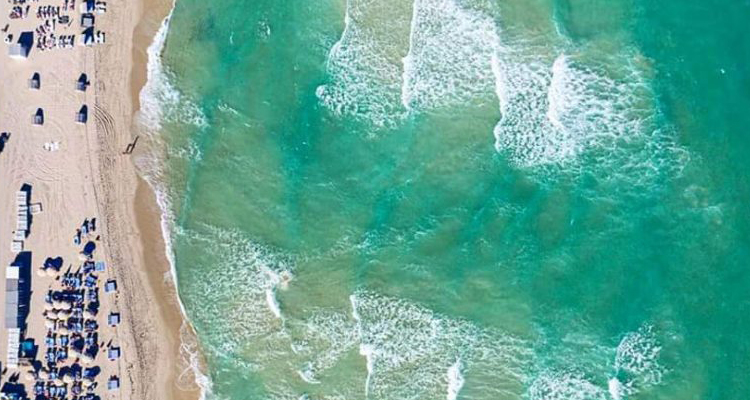
-A narrow gap of darker, seemingly calmer water between areas of breaking waves and whitewater.
-A channel of churning, choppy water.
-A difference in water color. -A line of foam, seaweed or debris moving seaward.
How can I protect myself and my family from rip currents?
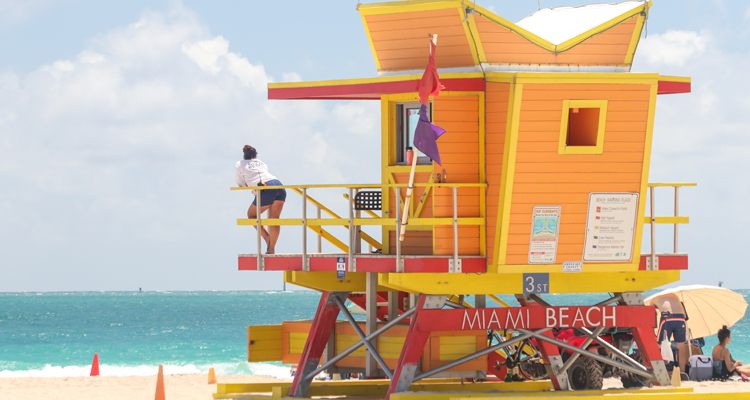
-Always swim in an area protected by lifeguards.
-Consult lifeguards before entering the water.
-Assume that rip currents are always present at surf beaches.
-Learn to swim in the surf and make sure your children can swim in the surf. Pool swimming is not the same as swimming at a surf beach.
-Learn to identify rip currents and take the time to evaluate the water before you enter the water.
What if I'm caught in a rip current?
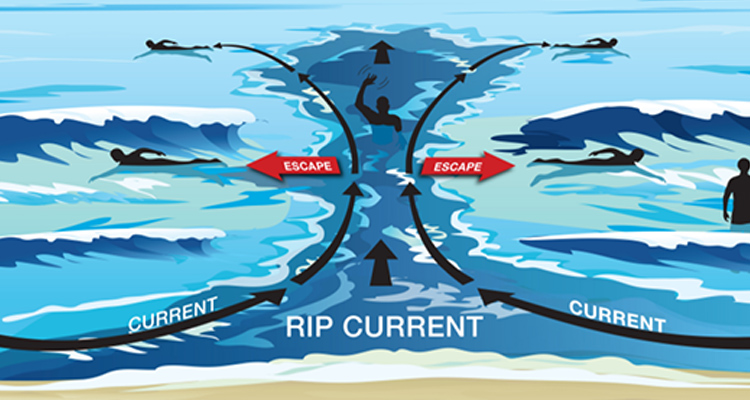
-Relax, rip currents don’t pull you under.
-Don’t swim against the current.
-You may be able to escape by swimming out of the current in a direction following the shoreline, or toward breaking waves, then at an angle toward the beach.
-You may be able to escape by floating or treading water if the current circulates back toward shore.
-If you feel you will be unable to reach shore, draw attention to yourself. If you need help, yell and wave for assistance.
How do I help someone else?
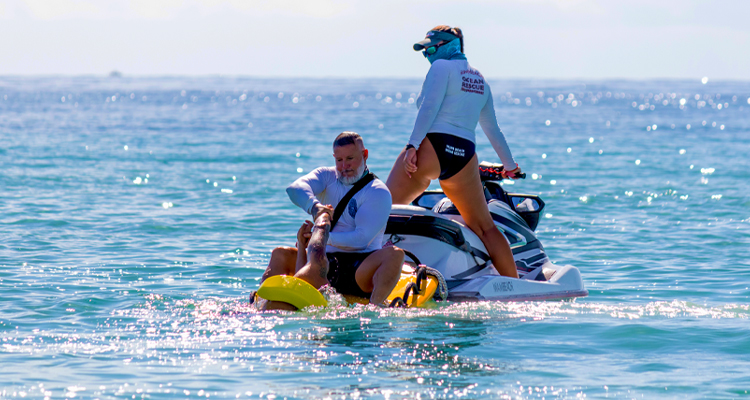
Don’t become a victim while trying to help someone else! Many people have died trying to rescue rip current victims.
-Get help from a lifeguard.
-If a lifeguard is not present, call 9-1-1, then try to direct the victim to swim following the shoreline to escape.
-If possible, throw the rip current victim something that floats.
-Never enter the water without a flotation device.
Facts about rip currents
-Rip current speeds vary. Average speeds are 1-2 feet per second, but they have been measured as fast as 8 feet per second—faster than an Olympic swimmer!
-Rip currents can be very narrow or more than 50 yards wide.
-Sometimes a rip current ends just beyond the line of breaking waves; however, others may continue to flow hundreds of yards offshore.
-Rip currents are sometimes mistakenly called undertow or riptides but these terms are not correct. Only the term rip currents is technically correct.
Safety tips
-Know how to swim.
-Swim near a lifeguard.
-Never swim alone.
-If in doubt, don’t go out.
CLICK HERE FOR
MIAMI BEACH CONDITIONS
CITY OF MIAMI BEACH
@USLAMIAMIBEACH
Follow Us On Instagram
@USLAMIAMIBEACH
Follow Us On Instagram


